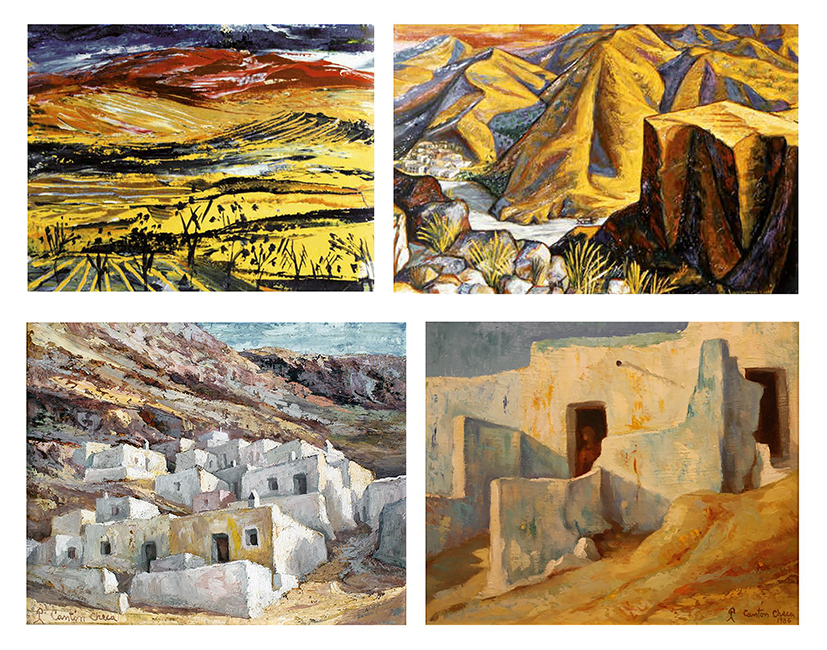
Horizontal lines of memory: Terraced heritage in Sierra de Cabrera-Bédar. Approach and intervention strategies in rural abandoned landscapes
Abstract
The terrace, used by different cultures and at different points in history, is the tool that has allowed the cultivation and inhabitation of territories dominated by a steep slope, until then only useful for collecting wild fruit and/or firewood, grazing and hunting. These high furrows allowed the rewards of the mountain to be reaped until they were replaced by different economic drivers and technology which, evidently or not, continued to advance. The objective of this article is to address the problems which abandoning this agricultural technique entailed from the specific perspective of an environment where dry conditions and new exploitation and settlement practices enhanced the erosion of these horizontal lines from memory. An analysis was undertaken with a strong graphic and cartographic component, using sketches as one of the fundamental tools for considering the landscape, constructing it, restoring it and intervening in it. The images are able to draw together, identify and reveal realities which otherwise remain invisible, producing connections between existing strata from very different periods and allowing potential solutions for the present state of a degraded territory to be drawn from this purposeful analysis.
Keywords
Full Text:
PDFRefbacks
- There are currently no refbacks.
Copyright (c) 2019 María Zurita Elizalde
DISEGNARECON
ISSN 1828 5961
Registration at L'Aquila Law Court no 3/15 on 29th June, 2015.
Indexed in SCOPUS. Diamond Open Access. All papers are subjected to double blind peer review process by qualified reviewers.
Journal founded by Roberto Mingucci
